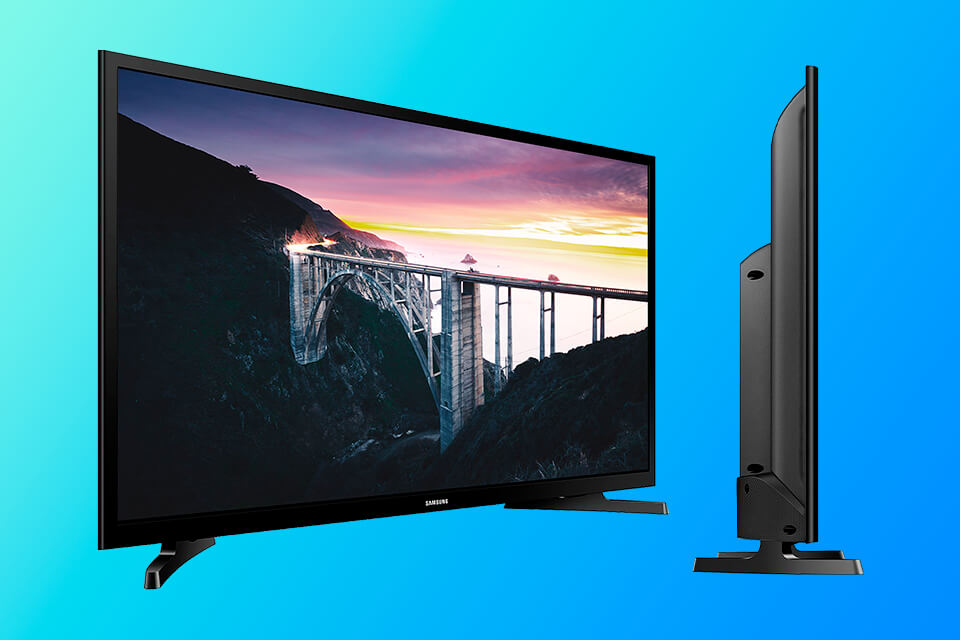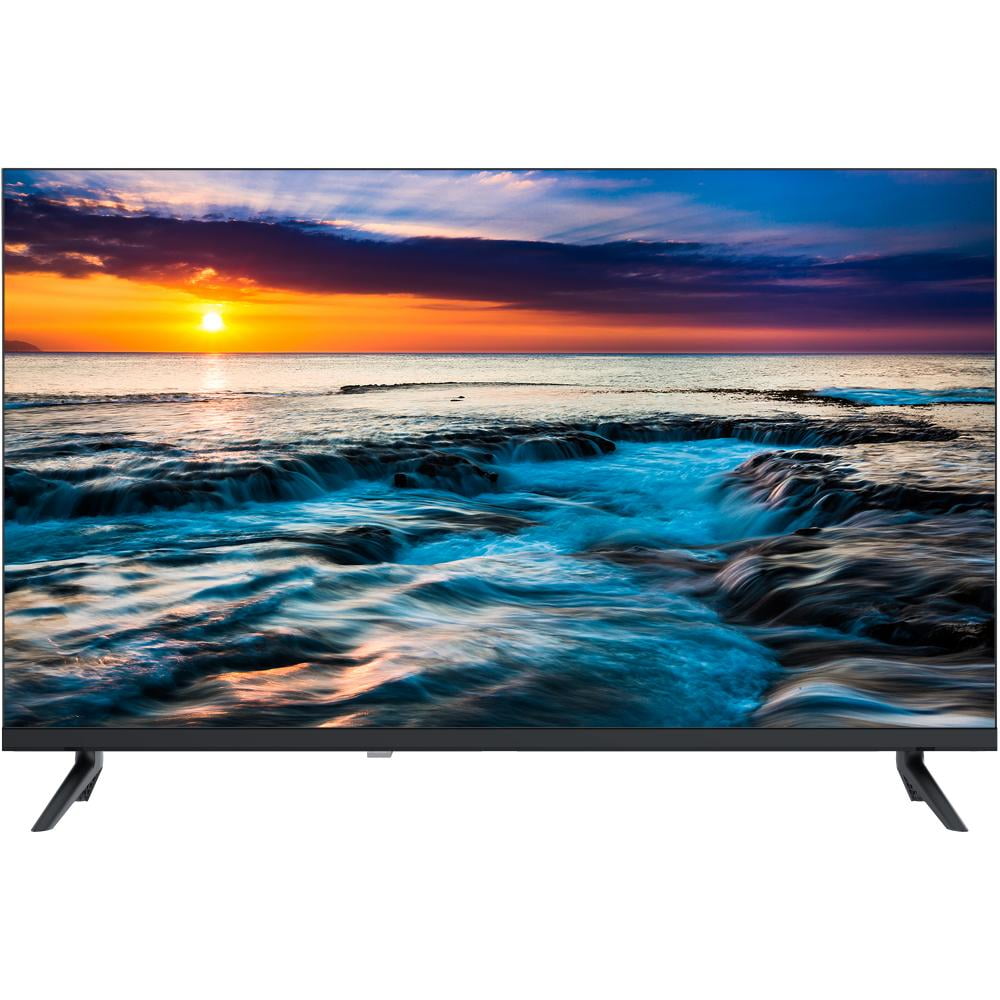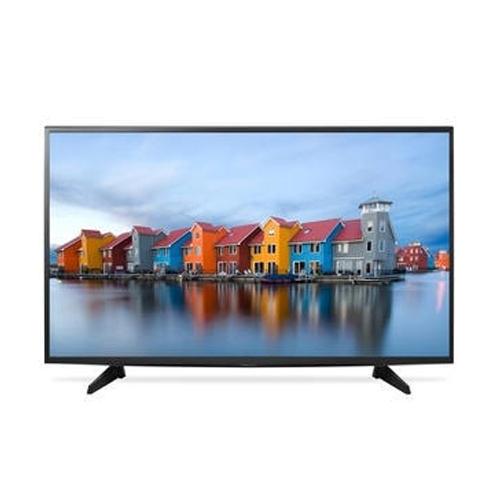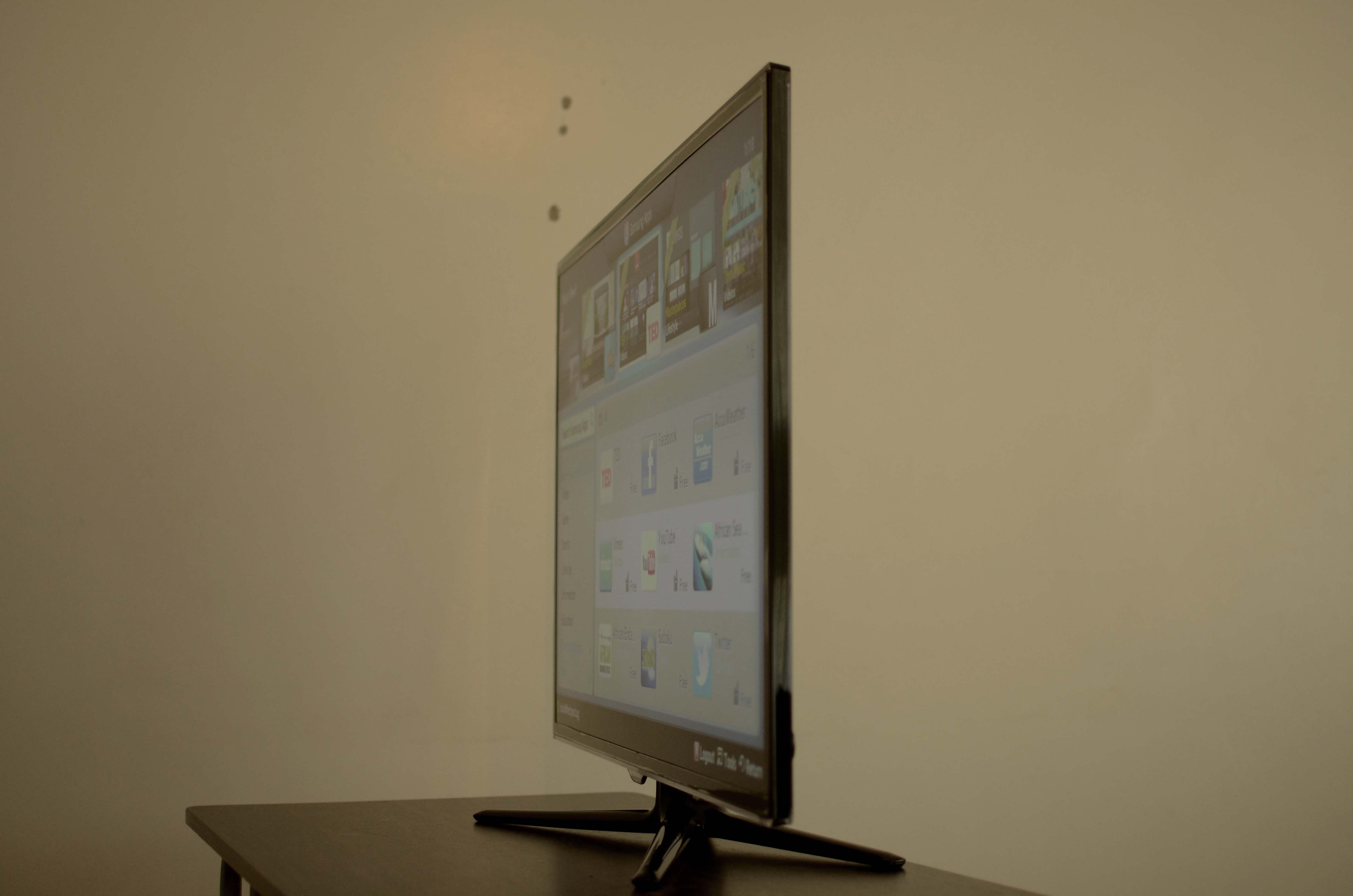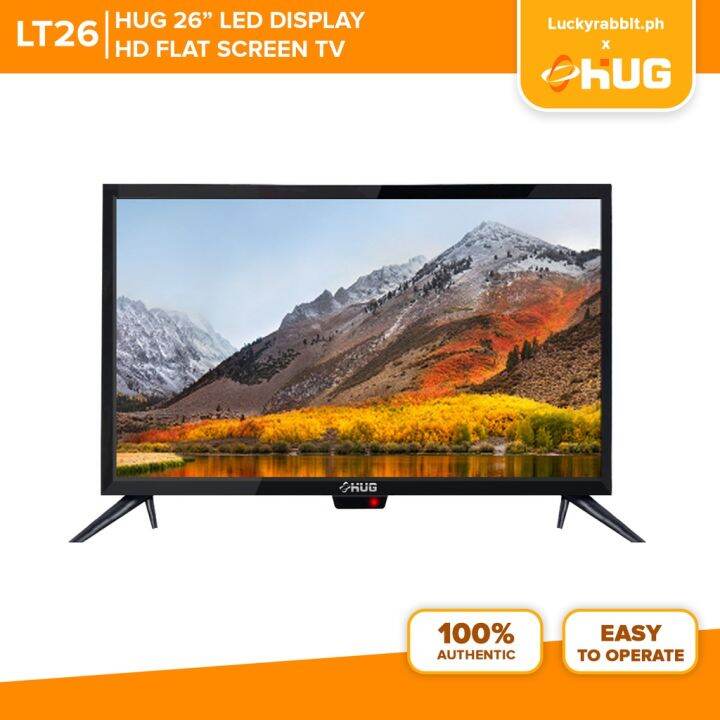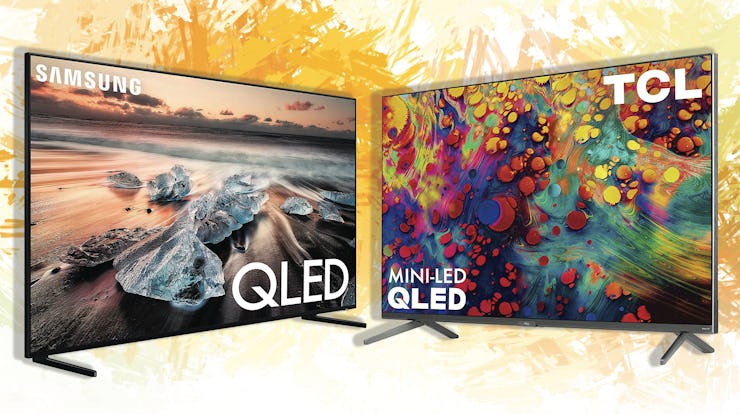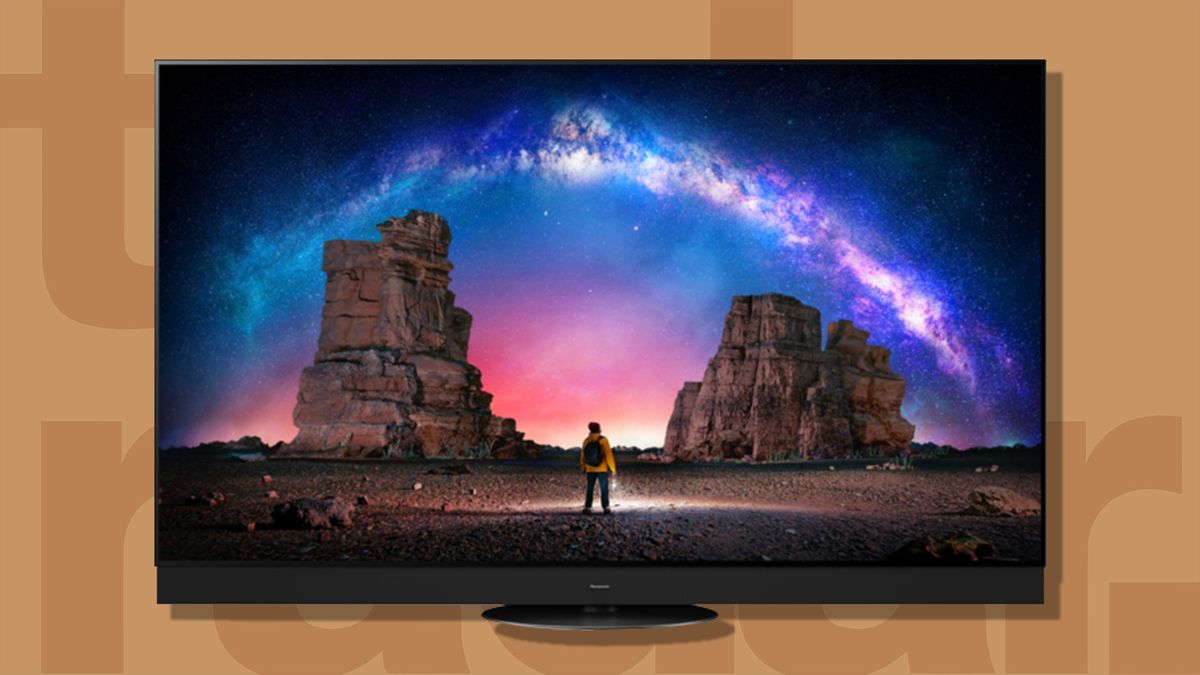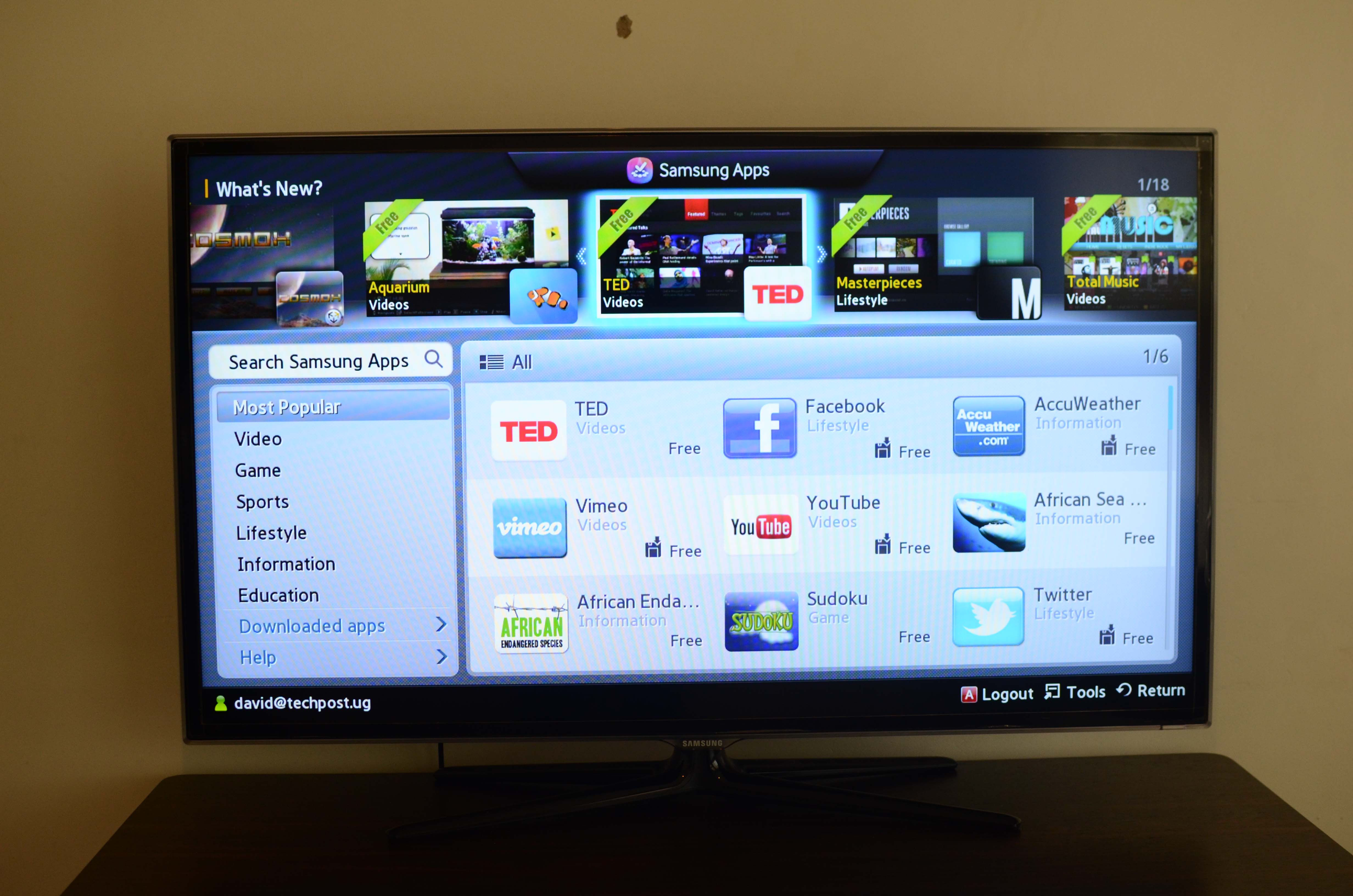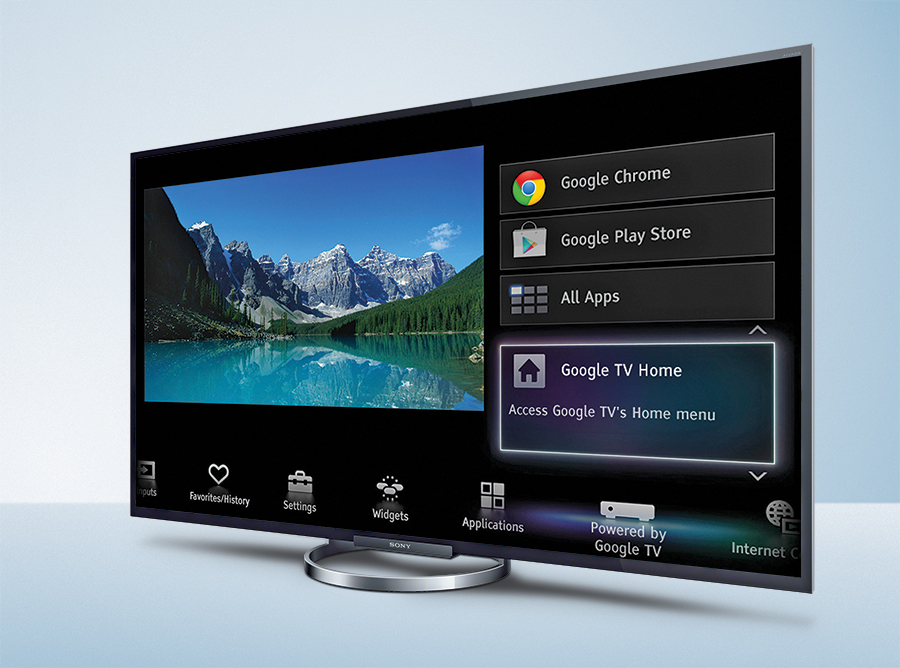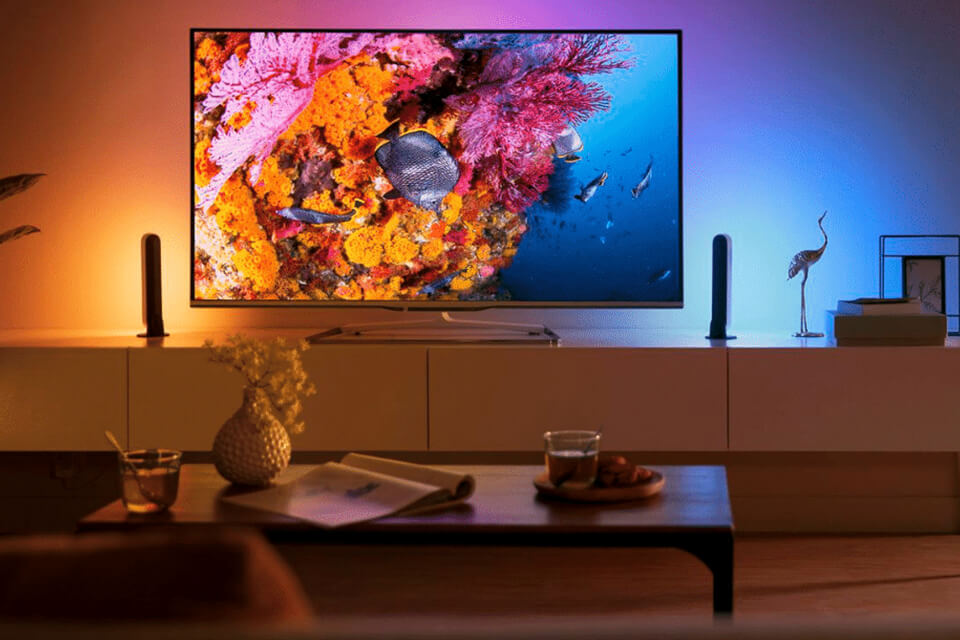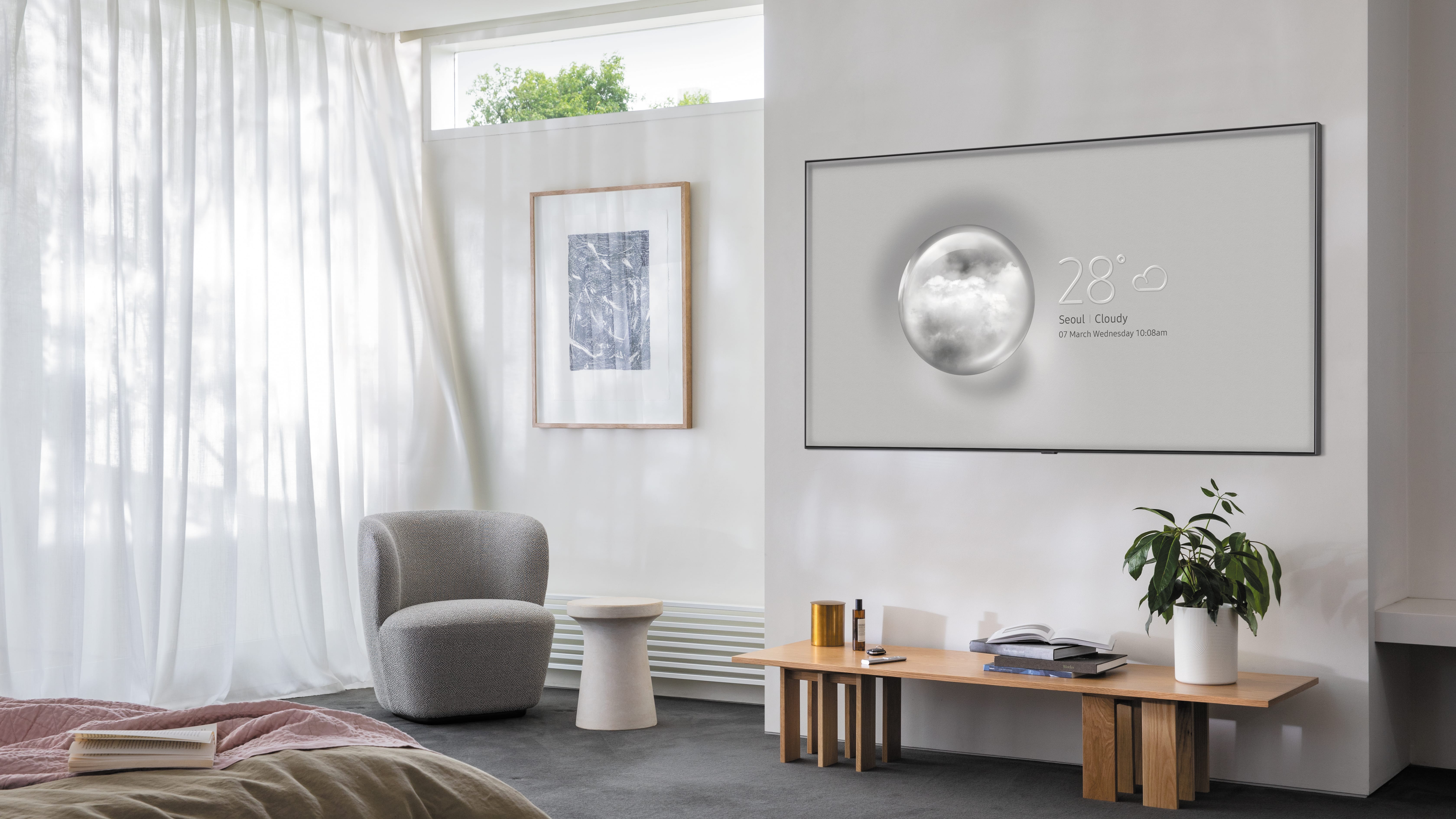Flat Screen Tv With Good Sound Quality

For years, consumers have wrestled with a frustrating paradox: the stunning visuals of modern flat-screen televisions often paired with disappointingly thin, tinny audio. The pursuit of sleek design has, for many manufacturers, seemingly relegated sound quality to an afterthought, leaving viewers scrambling for external sound systems to truly enjoy their favorite movies, shows, and games.
The tide, however, is beginning to turn. This article examines the emerging trend of flat-screen TVs that prioritize and deliver genuinely good sound quality, exploring the technological advancements, market forces, and consumer demands driving this welcome shift.
The Thin Sound Problem: A Legacy of Design Choices
The inherent challenge lies in the physics: slim TVs simply lack the internal space required for traditional, larger speakers capable of producing rich, full sound. Manufacturers, in their quest for ever-thinner profiles and minimalist bezels, have had to make compromises. This has historically resulted in small, down-firing speakers that struggle to deliver adequate bass and often produce a muffled or distorted sound, particularly at higher volumes.
As Consumer Reports has noted in numerous reviews, sound quality often ranks as one of the most common complaints among TV owners. The need for external soundbars or home theater systems has become almost universally accepted, adding to the overall cost and complexity of the viewing experience.
Technological Innovations: A Sound Solution
Fortunately, advancements in audio technology are now enabling manufacturers to overcome these limitations. Acoustic beamforming, for example, uses multiple small speakers to direct sound waves in specific directions, creating a wider and more immersive soundstage.
Another key innovation is the implementation of advanced digital signal processing (DSP). DSP algorithms can enhance audio clarity, boost bass response, and even simulate surround sound effects from the TV's internal speakers.
Samsung, for instance, has integrated its Object Tracking Sound (OTS) technology into some of its premium models. This technology uses up-firing and side-firing speakers to create a more realistic and immersive audio experience by dynamically tracking on-screen action. Similarly, Sony's Acoustic Surface Audio technology uses actuators to vibrate the TV's screen, turning the entire display into a speaker.
Market Forces and Consumer Demand
Beyond technological advancements, market forces are also playing a significant role in driving the improvement of TV sound quality. Consumers are increasingly demanding a more complete and satisfying out-of-the-box experience. They are tired of having to spend hundreds or even thousands of dollars on additional audio equipment to complement their new TVs.
According to a recent survey by Statista, a growing number of consumers consider sound quality a critical factor when purchasing a new television. This increased awareness has put pressure on manufacturers to prioritize audio performance.
The rise of streaming services and high-quality audio formats is also contributing to this trend. Viewers who are enjoying immersive sound on platforms like Netflix, Disney+, and Apple TV+ expect their TVs to be able to reproduce that sound accurately and effectively.
A Balanced Perspective: What to Look For
While some TVs are now offering genuinely improved sound quality, it's essential to manage expectations. Even the best built-in TV speakers are unlikely to match the performance of a dedicated sound system.
When evaluating a TV's sound quality, consider factors such as speaker placement, power output, and the presence of technologies like acoustic beamforming or DSP. Read reviews from reputable sources like CNET, TechRadar, and Rtings.com, which often include detailed audio testing and analysis.
Don't hesitate to audition TVs in person, if possible. Listen to a variety of content, including dialogue-heavy scenes, action sequences, and music, to get a feel for the TV's overall sound performance.
The Future of TV Audio
The trend towards better sound quality in flat-screen TVs is likely to continue. As technology advances and consumer demand increases, we can expect to see even more innovative audio solutions integrated into future television models.
The ultimate goal is to create a truly seamless and immersive viewing experience, where the picture and sound quality are equally impressive. While we may not be quite there yet, the progress made in recent years is encouraging.
The future of TV audio looks bright, promising a more satisfying and engaging experience for viewers without the need for excessive external equipment. The days of tinny TV sound may soon be a distant memory.
